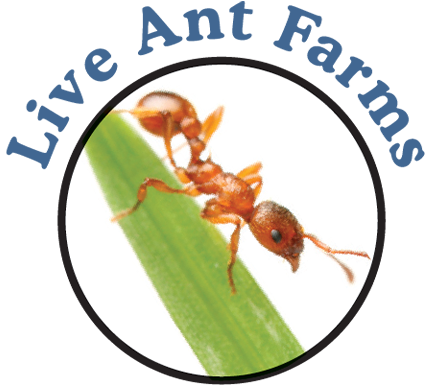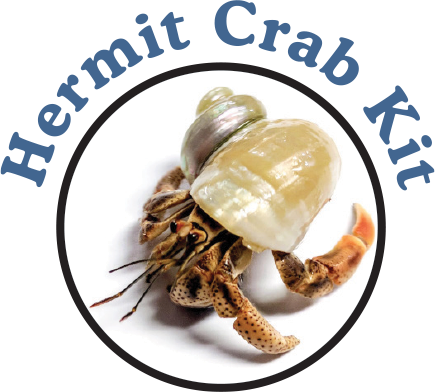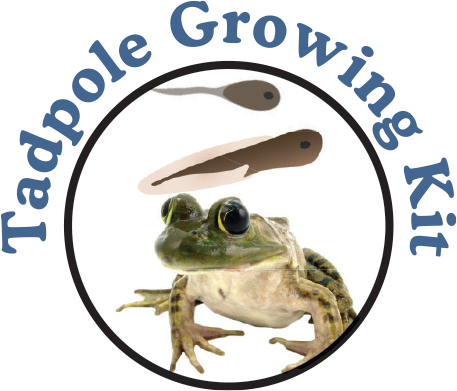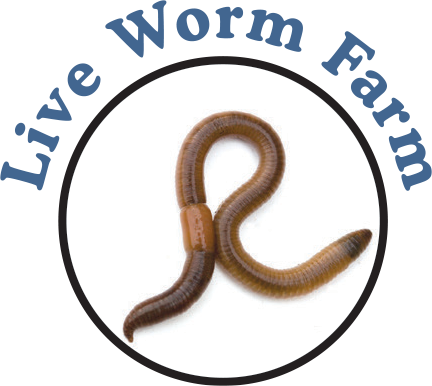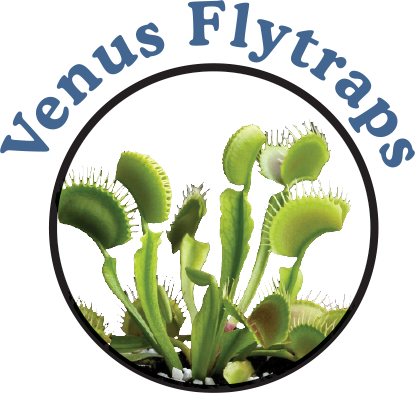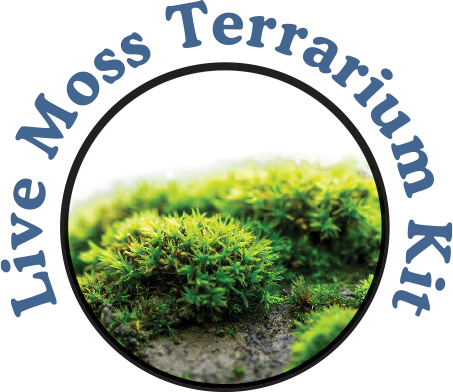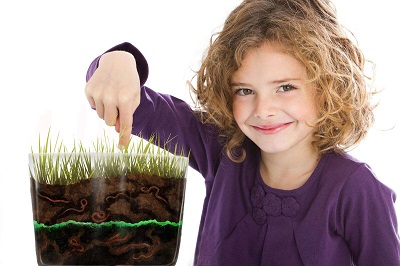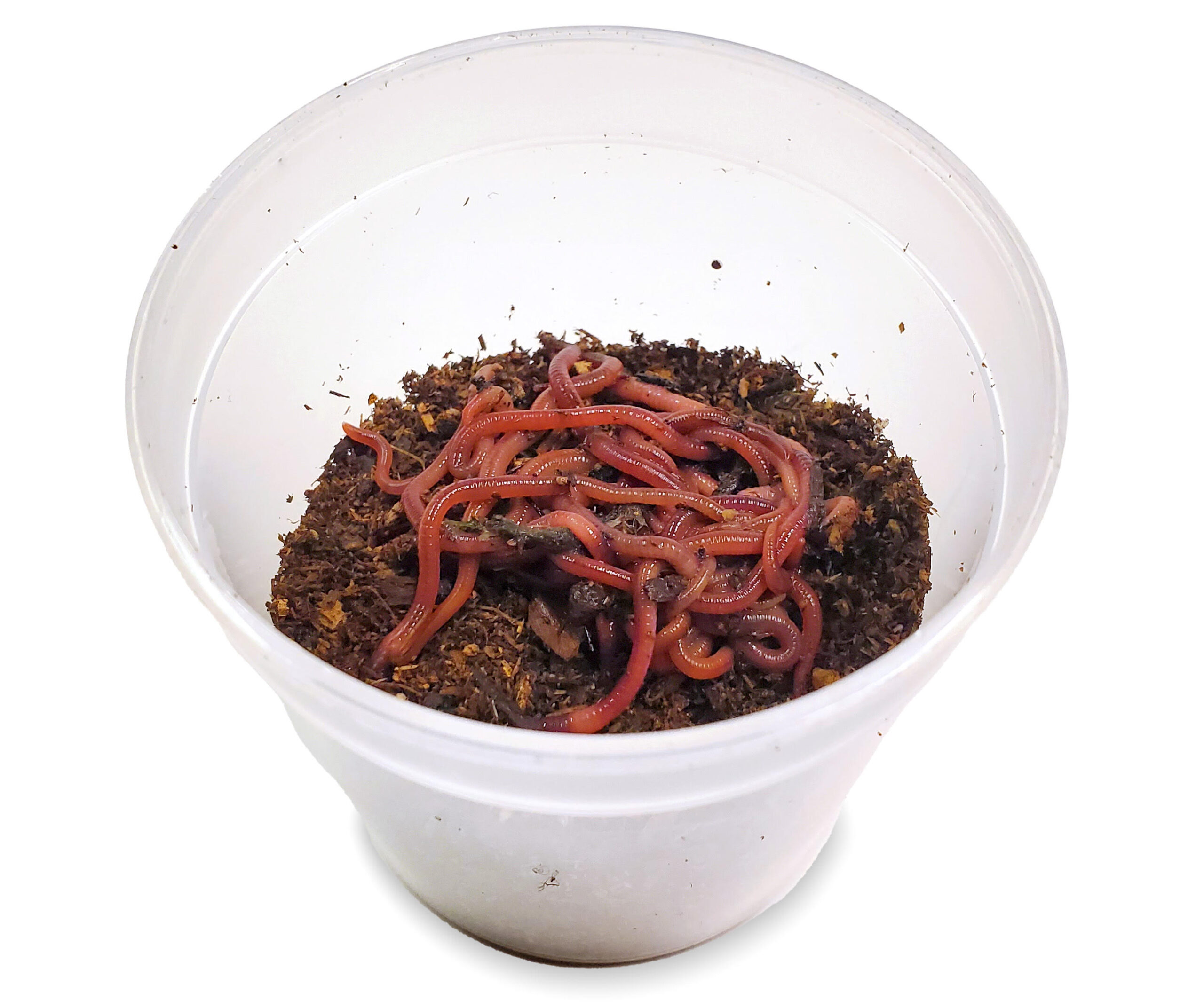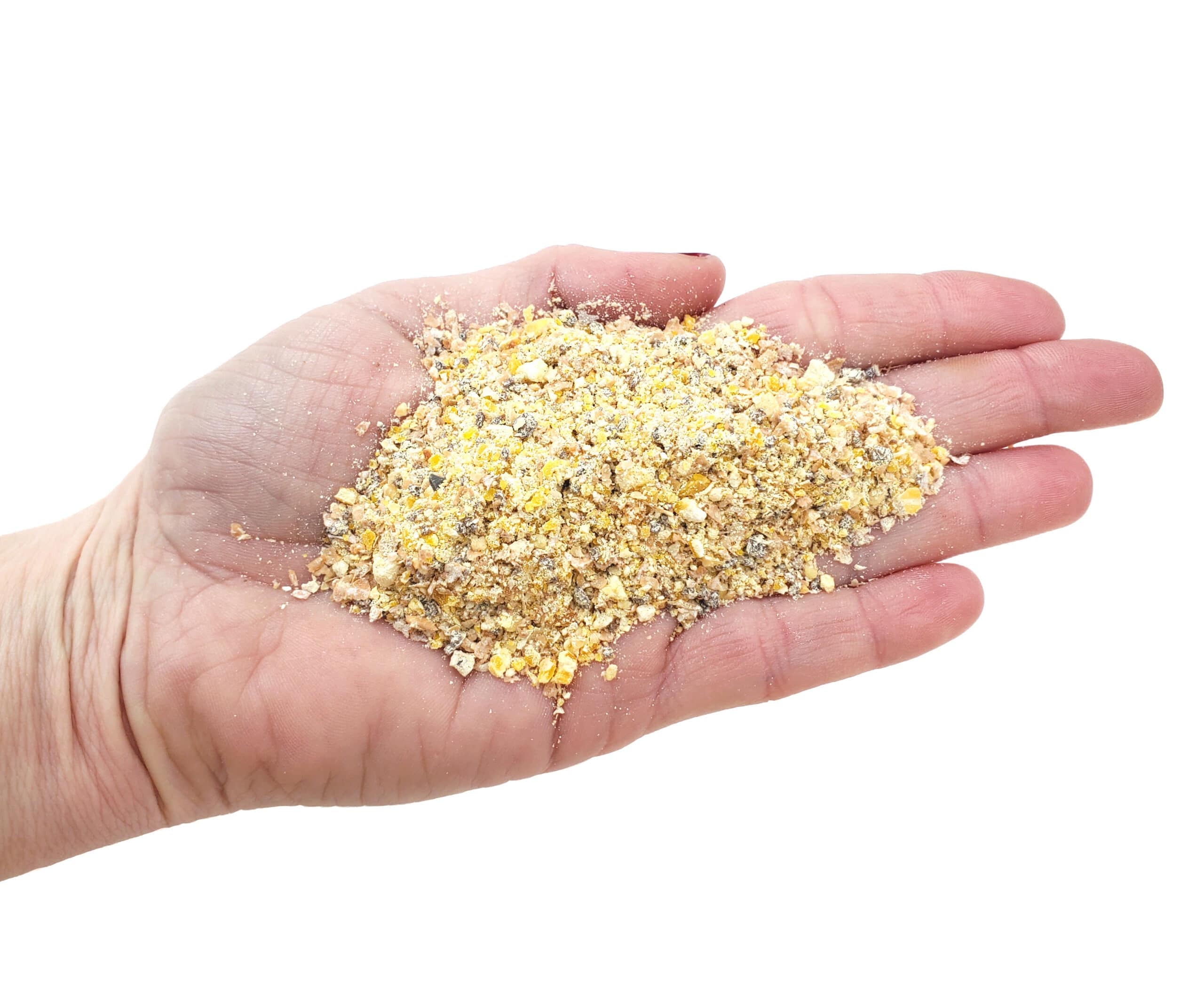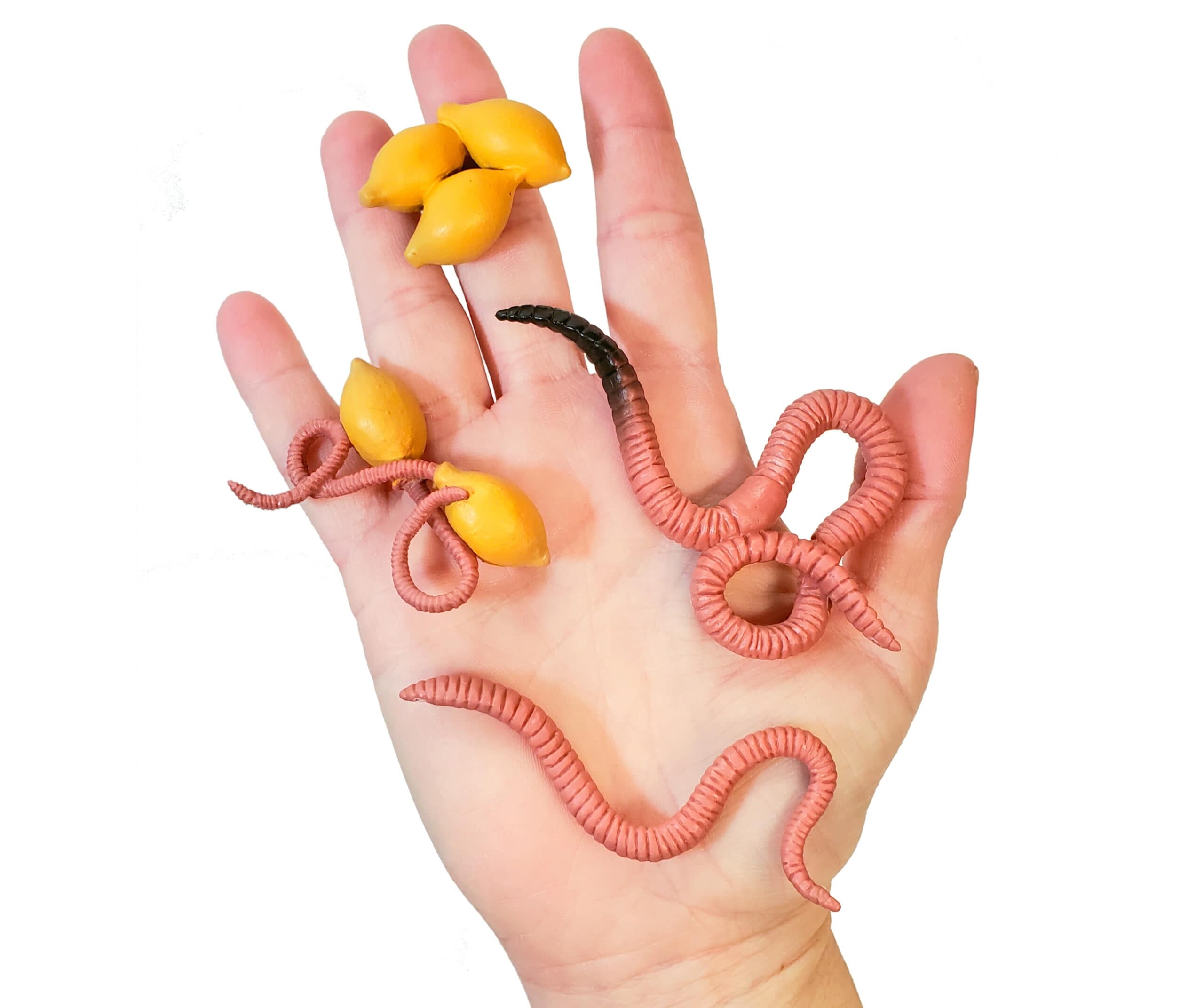Welcome To Your Worm Farm Observation Kit Experience
Get ready to explore the underground world of wiggly worms! These ecosystem engineers will show you how they maintain the balance of nutrients in the soil and help the plants to grow.
Your Worm Farm Observation Kit Consists Of
- A 6.5×5.5×1.5 inches worm farm
- Green sand
- A magnifying glass
- Paper light blocker
- A water dropper
- A spoon
- Grass seeds
- Coconut fiber pellets
You Will Need To Provide
1 cup of soil from your yard
Getting Started
If you did not order the cup of worms from our website you can get your worms from a bait shop or dig some on your own. Get ready to get dirty and set up the worm farm:
- Put some old newspapers or paper towels down on your work area.
- Wash your hands before and after setting up the worm farm.
- Put the 2 coconut fiber pellets into a bowl with a half-cup of water and wait for 15 minutes.
- Use the spoon to gently move the worms and soil from the cup into the base of your worm farm while spreading the soil across the bottom. Don’t pack the soil tightly; just gently tap the worm farm on a table to help tamp down the soil into an even layer.
- Use the spoon to add a thin layer of green sand on top of the soil. Put your sand mostly against the front viewing wall of your worm farm.
- Use your fingers to take the wrapping off the extended fiber pellets and dump the fiber into the bowl with a half-cup of water.
- Mix it in the bowl and it’ll absorb any leftover water.
- Use the spoon to put the fiber into your worm farm.
- Spread it evenly over the green sand.
- Gently tap the worm farm habitat on a table to help tamp down the coconut fiber into an even layer. There should be space left at the top for seeds to sprout and for adding food.
- Use the spoon to add the seeds on top of the coconut fiber, only to the left side of the worm farm. Don’t bury them.
- Tape the light blocker sheet over the front of the worm farm.
Feeding Your Worms
Worms like small bits of leaves, fresh cut grass and fruit and vegetable peelings. Don’t provide meat or dairy products to your worms. Make sure to remove any uneaten food items that start to look rotten. Your worm farm should be almost odorless.
You can try this fun experiment: place a couple of small pieces of a dead leaf and a couple of small pieces of a fresh leaf, both from the same plant, into your worm farm. Wait for a day and then observe what happened to the pieces of leaves. Did they pull any into their tunnels underground? Taking bits of food underground keep the soil rich in nutrients for plants to grow in.
Caring For Your Worms & Plants
Worms like to work in the dark. Keep the light blocker taped to the front of the worm farm so that the worms work right against the front viewing area. When you are ready to observe the worms and what they have done, remove the light blocker and use your magnifier to see everything up close.
Roots of your plants will also prefer darkness inside the worm farm. When you remove the light blocker to observe the worms, check if any seeds have sprouted roots so that you can watch your plants grow.
Use the water dropper to add more water to your farm if the soil starts to look dry. Worms like moist soil but it should not be very wet. There should be no standing water in the bottom of the worm farm.
Keep the lid on the worm farm initially to prevent worms from escaping. Once your plants grow tall enough to reach the lid you can remove the lid and keep it off. By that time the worms get comfortable in their new home and don’t try to escape. Remember that you will need to water more often once the lid is removed because the soil will dry out quicker.

